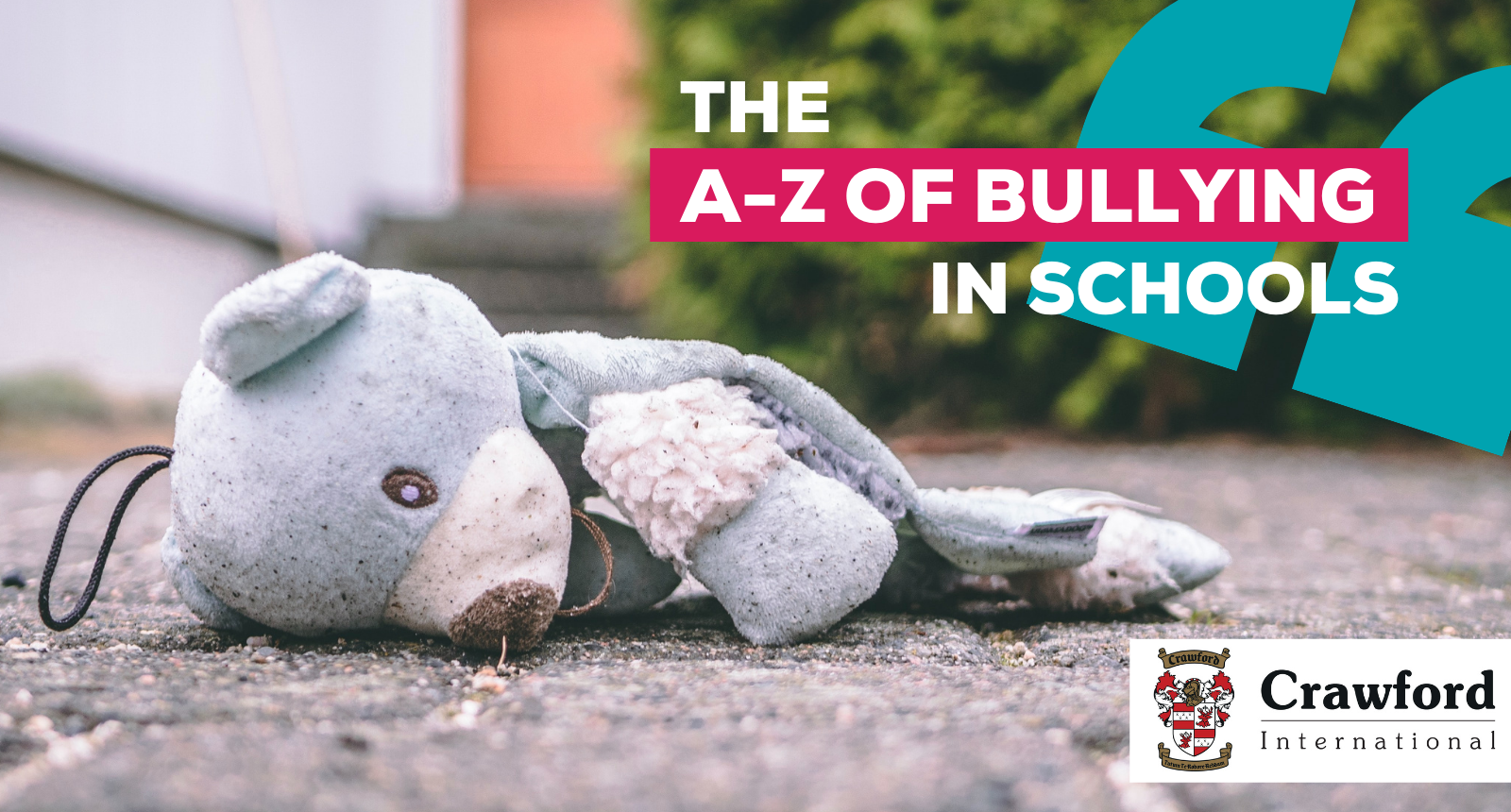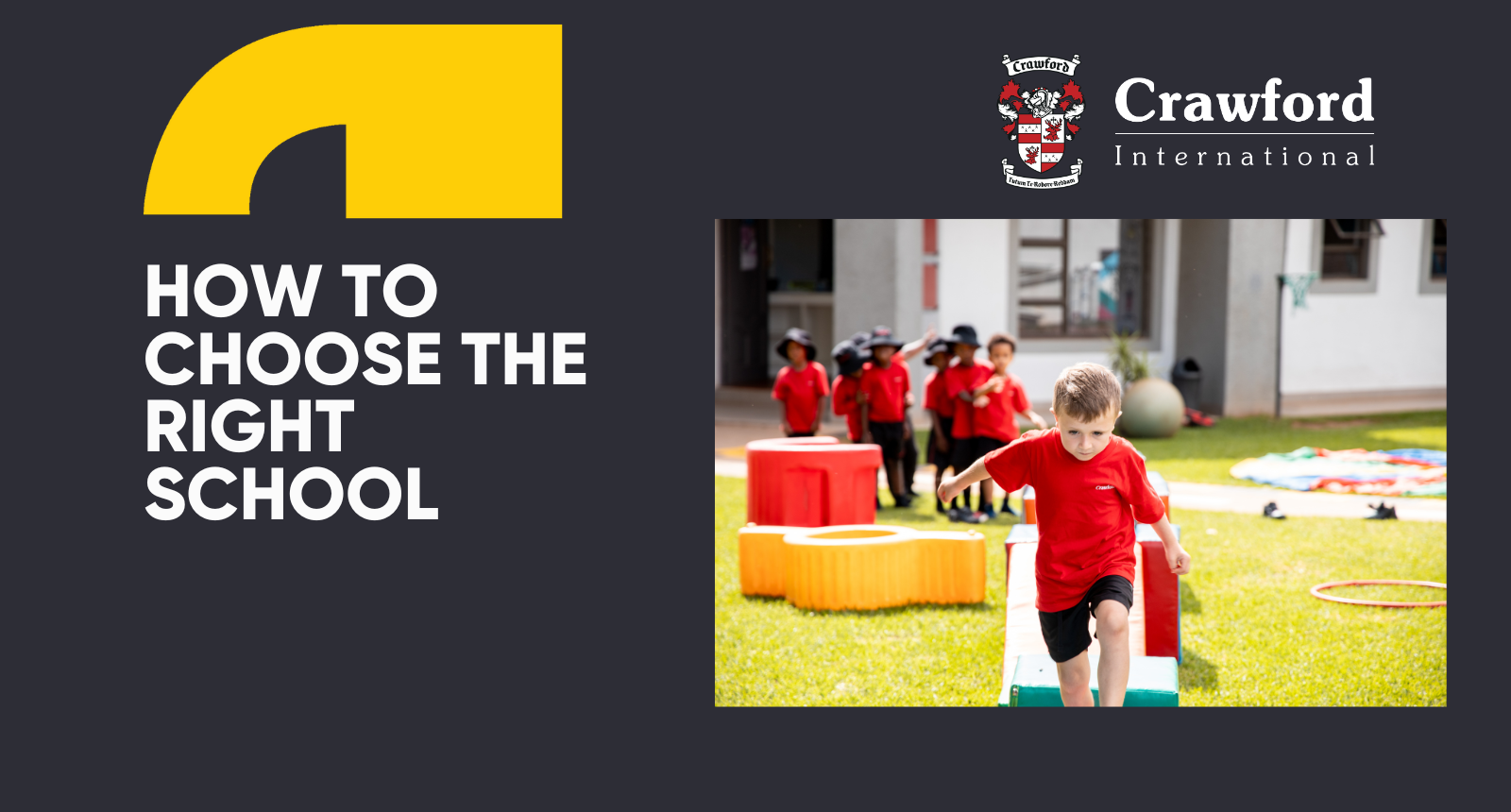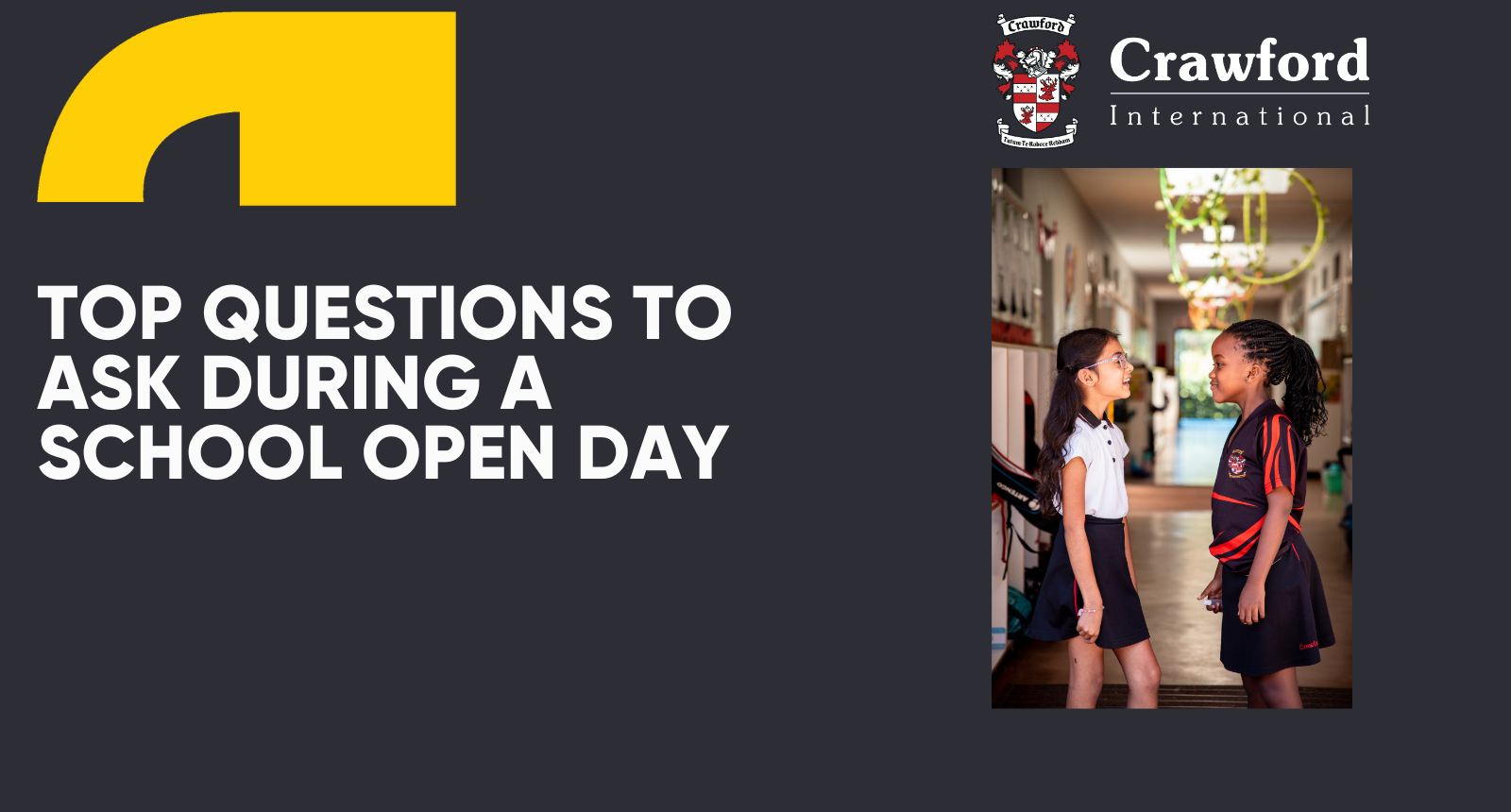The A - Z of Bullying in Schools
ADvTECH Group • March 25, 2022
Whatever form it takes, bullying has long-term detrimental effects on all involved. Here’s what you need to know to empower your child.

South Africa’s schools are seeing more bullying than ever before, with recent studies showing that 58% of our country’s learners have experienced bullying of some form.
What’s more, the high rate of violence towards women and children in this country means that kids are not shielded from violent acts. Statistics show that many children who are identified as bullies in their schools have been exposed to violence in their homes.
It’s not a problem that is easily solved, but bullying in schools is also a problem that needs to be faced head-on by schools, parents, victims and perpetrators alike. To do this, bullying first has to be understood.
Types of bullying
Verbal and written bullying happens when things are said or written, and include name-calling, teasing, negative comments, intimidation, threatening notes, text, SMS's.
Physical bullying happens whenever a person’s body or person is hurt. This includes hitting, kicking, biting, spitting, pushing, shouldering, tripping, taking or breaking someone’s things, as well as making rude hand gestures or rolling eyes.
Social bullying is also called relational bullying as it involves hurting a person’s relationships or reputation. This includes spreading rumours about someone, embarrassing someone in public, making things up to get someone into trouble, leaving someone out on purpose, telling others not to be friends with someone, and revealing private information.
Cyberbullying is something that anyone with a cellphone is at risk of. It includes more than threatening text and SMS's – social networks, digital platforms, emails, and the like all fall under this category.
When these behaviours are bullying, they are aggressive and include two important factors:
An imbalance of power, meaning that the bully has intentionally set out to hurt and control the victim, giving them power over them.
Repetition. Bullying either happens more than once, or the behaviour has the potential to happen more than once.
Effects of bullying
While bullying in schools is a very real threat to our children, it can be something our kids don’t want to talk to us about. Look out for these signs in your child, as they can be red flags on something going on:
- Has unexplained bruises, scratches or wounds.
- Belongings have gone inexplicably missing or been damaged.
- Your child is moody, irritable and angry without explanation.
- Your child’s self-esteem drops or they feel inferior to others.
- Suddenly not wanting to go to school.
- Losing interest in favourite school activities.
- Quality of schoolwork or academic performance suddenly decreases.
- Suddenly prefers the company of adults or avoids social situations with peers.
- Physical symptoms like stomach aches, headaches.
- Your child talks about being anxious, depressed, or has panic attacks.
- Nightmares and trouble sleeping.
- Your child talks about avoiding parts of the school or neighbourhood.
- Your child starts bullying others.
- Behavioural problems or ‘acting out’.
- Making friends with the wrong ‘crowd’.
- Your child talks about suicide.
Dealing with bullying
Crawford International schools have strict no-bullying processes in place, and our Code of Conduct can be found here – bullying is not permitted or tolerated.
The most important step in dealing with bullying is to tell someone about it – whether that be a teacher, friend, parent, sibling. It has to be brought out into the open. Here are some more ways of dealing with bullying:
- Firstly, always teach your child to speak out. Bullying is shameful, but they need to know they can talk to you or their teachers about it. Teach your child how to stand up for themselves assertively, without aggression or retaliation.
- If your child does tell you about bullying at school, listen to them and don’t trivialise how they’re feeling or sweep it under the rug. They may be feeling embarrassed, scared, ashamed, so help them through their feelings too.
- Then, tell your child you will immediately look into it and report what they have told you to the school, and then do this. Find out what happened, who was involved, how often and where it happened so you have the facts.
- Don’t retaliate against the bully or their family yourself.
- Always support your child and get help – find info for more resources below.
- Check with your child’s school and teacher on what steps are to follow after you report the incident.
- Tell your child to speak to a teacher or authority figure every day to update them on how things are going.
- Always know what your child is doing, where they are, and who they’re with.
- Teach your child to spend break and time before or after school in areas where there are lots of other people around.
- Also teach your child to tell a teacher immediately if anyone hurts them in any way, and to get them to write it down.
- It’s also a good idea to teach your child to tell someone if they see any bullying happening at school. They can do this safely, without the bully noticing.
- Seek counselling to help you and your child deal with the bullying and feelings it brings up – depression and anxiety are real and nothing to be ashamed of.
However, when it comes to cyberbullying we all need to be more vigilant and equip our kids with the tools they need if they run into anything fishy on the net. We need to teach our children about the pitfalls of digital life, and the safety precautions to help protect them. The Department of Basic Education has provided schools with guidelines on social media and social networking to guide them in this area. The South African Police force also have these tips:
- Make an effort to chat to your children about their online lives – know what they’re up to and talk about things openly, and set limits with technology.
- Be careful who your child gives their number to and teach them not to share personal info online, especially not your full names, address, parent’s banking details, schools address and friend’s personal details.
- Likewise, your children should never put something online that they wouldn’t want you or their classmates to see. They also shouldn’t post anything or send messages when they are upset or angry.
- Don’t respond to cyberbullies, especially not with similar messages, threats or posts.
- Save the evidence – take screenshots, save them, record the dates and times of the incidences, print out emails and messages.
- Block the bully using the setting on your phone, message app, and social platforms.
- Always reach out for help – you and your child don’t have to deal with bullying alone.
What if my child is the bully?
Bullying behaviour often comes from a background where there is insecurity, little parent involvement, and inconsistency in the actions of parents. Bullies are often subjected to physical punishment and emotional outbursts.
Before formal counselling is necessary, the bully must realise that his/her behaviour is always going to have negative consequences until the behaviour is changed. If you are bullying, think about how it would make you feel if people were making fun of you, harassing you or stealing your lunch money? I am sure that it would make you feel awful – afraid and alone.
You are probably already aware that what you are doing is wrong. If that is true, then take the first step to stop your behaviour. Ask yourself:
- What made me start bullying?
- Why do I pick on people?
- How does it make me feel when I am bullying somebody?
- If I want to, how do I stop?
If you are uncertain about what happens after you stop bullying, then speak to someone, a parent, a friend, a teacher, someone you trust not to judge you.
Helpful questions for the bully:
- Why do you feel the need to bully others?
- Do you understand that your actions are hurting someone?
- What did you want to achieve?
- How will you change your behaviour so that you don’t hurt anyone?
The bully must learn the following:
- To accept responsibility for their behaviour.
- To accept responsibility for the consequences of their actions for themselves.
- To become uncomfortable (my behaviour got me into trouble and I want to avoid it next time).
- To change their behaviour to stay out of trouble.
- To find other ways of satisfying their needs.
- To feel remorseful about the impact their actions have had.
- To trust others.
- To build relationships with supportive adults.
Getting help
It’s always best to chat to your child’s school the second you hear about anything that sounds like bullying happening. You can also find advice and help by reaching out to Childline by dialling 116 or reporting serious incidences to the police. In addition here are dedicated anti-bullying and anti-violence organisations like Cool2BeKind, Safer Spaces and 1000 Women Trust.












